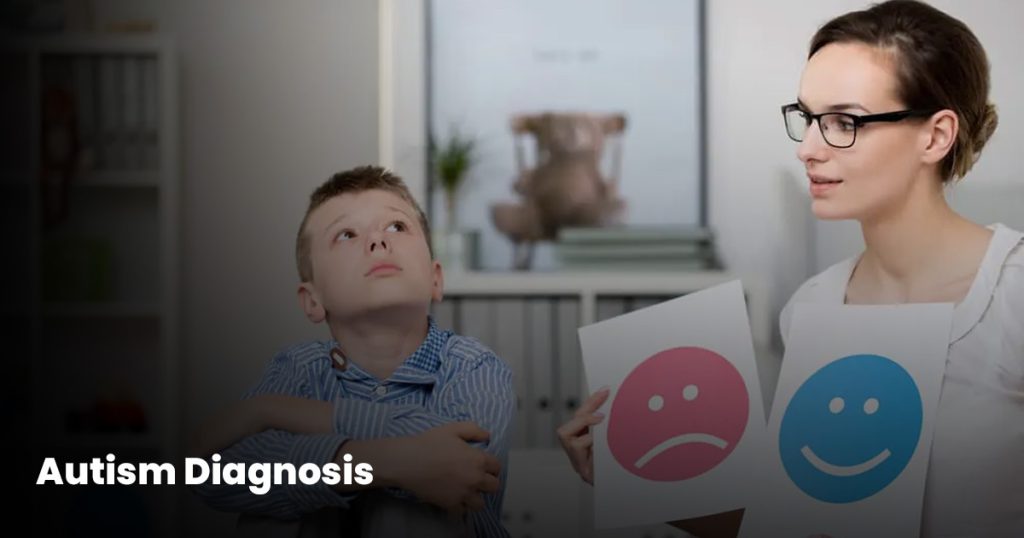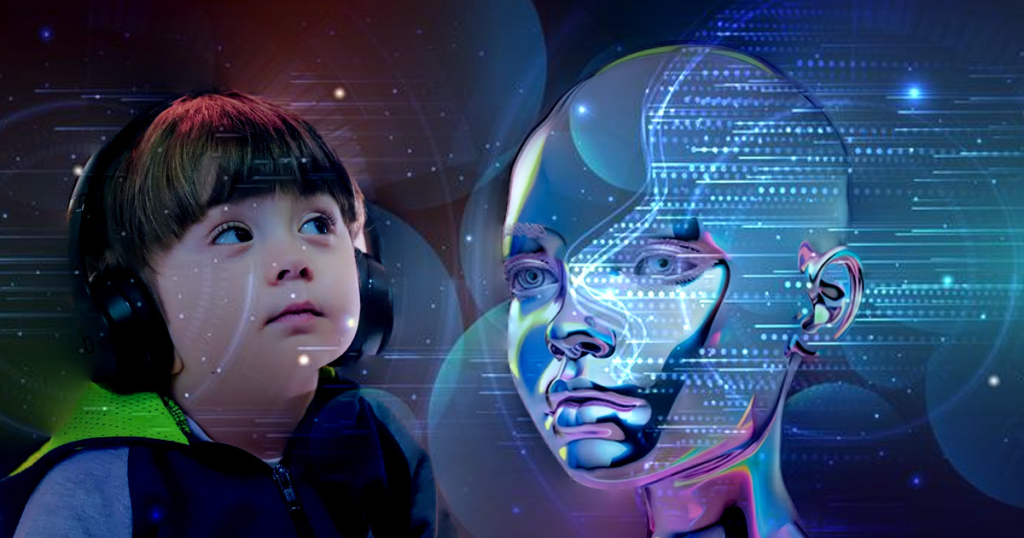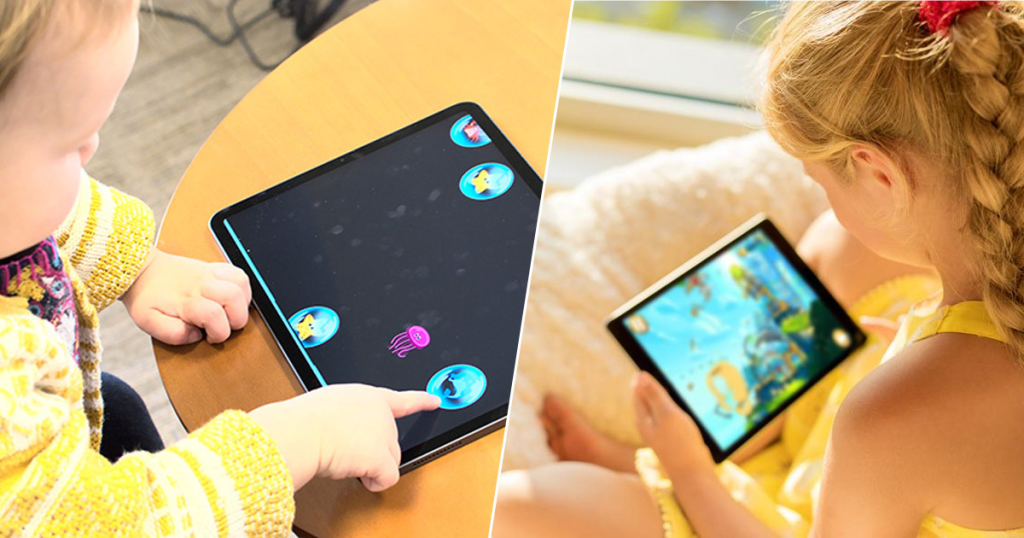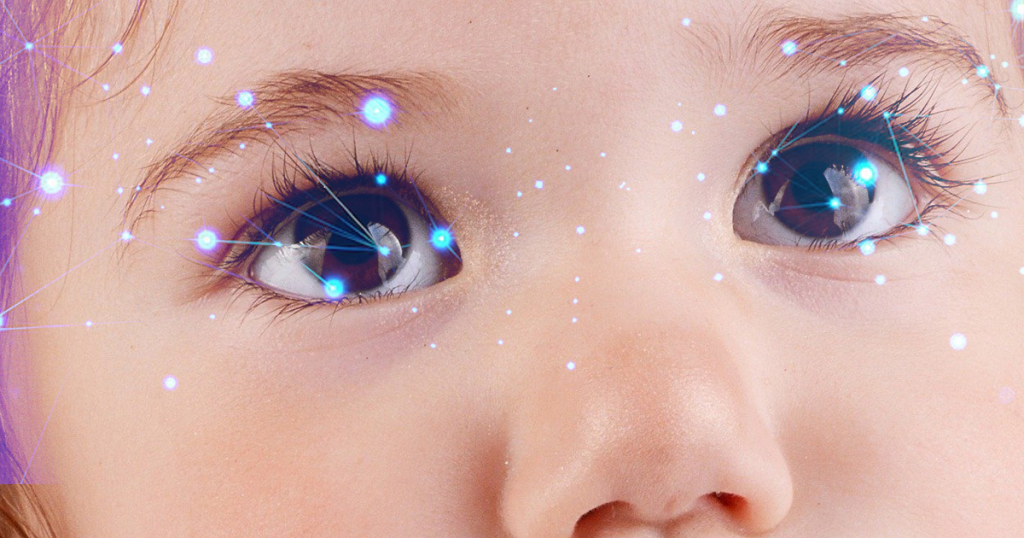
In This Article
- China’s Breakthrough Research in Autism Analysis
- AI Autism Therapy and Rehabilitation in China
- How is AI Autism Analysis Better than Traditional Methods
Autism has been a serious problem around the world, and artificial intelligence is challenging the traditional diagnostic methods and paving new ways and chances for the improvement of the precise and more personalized treatment regarding the specific symptoms and autism level. In 2025, China is paying attention to the autism diagnosis and making a difference in the advanced analysis standard, making it more advanced.
In China, autism spectrum disorder (ASD) assessments are being evaluated using machine learning and neural networks to analyze and use the vast amount of data to understand the behavioral and neurological issues. As a result, it is working on designing the subtle patterns and minor details that humans usually may not detect or overlook. As a result, China has successfully addressed the long-term challenges through early diagnosis in children.

China’s Breakthrough Research in Autism Analysis
China is using artificial intelligence in almost every field, particularly in the medical industry, and this time, we are discussing its remarkable research and analysis efforts for the early diagnosis of autism and its treatment using machine learning and artificial intelligence.
The clinical analysis for autism has been a great challenge, but the digital health analysis of the records is done using large language models (LLMs) to deal with the long-standing symptoms and challenges. Chinese research institutes are shaking hands with the medical and AI companies to train the models and create the AI tools for facial expressions, speech recognition, social interaction patterns, and behavioral analysis.
The cities like Beijing, Shanghai, and Guangzhou are integrating the AI assistant screening tools in the hospitals, deeply assessing the vocal tone, eye movement, gesture, and behavior of the children to identify any problem.

Tsinghua University and the Chinese Academy of Sciences have collaborated in 2024 to study autism and its effects and how artificial intelligence can help in the diagnosis and treatment. The results indicate that AI has a higher accuracy rate of identifying autism at an early stage.
This has motivated the startups in China to create apps that allow the parents and health workers to record the behavior of the children, and as a result, AI suggests the assessments and other ways to handle the situation.
Similarly, adding the AI features to any app makes it smooth, efficient, and more interesting; therefore, Weborik Hub is presenting the remarkable services and satisfying hundreds of customers with the AI integration in their web solutions.
AI Autism Therapy and Rehabilitation in China
China is paying attention to the autism therapy and rehabilitation centers and hospitals to make the diagnosis effortless. iFlytek and UBTECH Robotics are the big companies creating the humanoid robots designed to interact with autistic children and make a big difference in the treatment. These robots help them to practice speech, recognize their needs and emotions, and try to improve their social interactions so they may feel comfortable with the treatment.
The AI-based models are integrated into the therapy sessions so they may provide personalized speech exercises. Using these models in the therapy sessions results in a 40% better performance within the six months.

Governments are making efforts to highlight this technique at a higher level and deal with the autistic issues at any stage to successfully deal with the issues.
How is AI Autism Analysis Better than Traditional Methods
The traditional methods to deal with autism and other behavioral issues are not that effective and take a lot of time. The major processes involved in the traditional diagnosis are parental questionnaires and the standardized tests, which are not accurate and require a lot of time.
On the other hand, the AI-based tools are more efficient and can collect every minor detail that is ignored by the traditional methods. These methods usually take 3 to 5 years, which delays the crucial early interventions. These years are very critical to deal with issues like autism, and the lazy, late, inaccurate traditional methods waste a lot of time.



